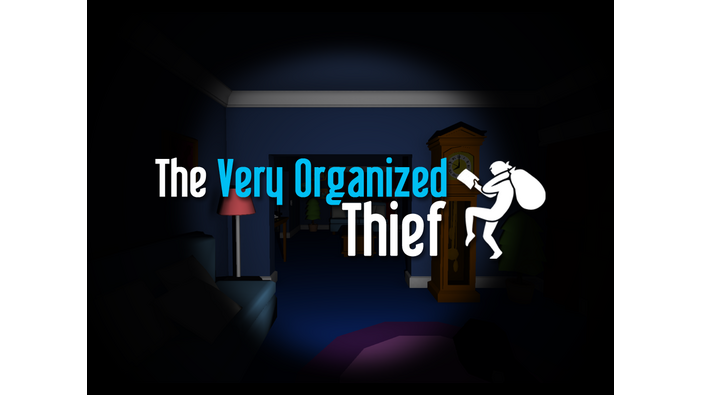

Unbeknownst to him, Taylor had laid the foundation of one of the most lasting orientalist images that has not only outlived the empire that tried to eradicate its very existence, but has also made its way into the 1984 Hollywood film Indiana Jones and the Temple of Doom and several other “orientalist” portrayals of India. A large part of this fascination can be attributed to Philip Meadows Taylor’s 1839 novel Confessions of a Thug that popularized thug-imagery in England, as well as colonial high-society in India (van Wœrkens and Tihanyi, 2002). Thug(s) and the crime of thuggee-highway robbery following murder by strangulation using a knotted scarf, captivated British imagination in the middle of the nineteenth century. The argument is then concluded through an investigation into the implications of the discovery of the thugs for the teleology of Indian history and the consequence of “othering” tribal and other anomic populations in the new Weberian state that the colonial and post-colonial regimes envisioned to establish.
THE VERY ORGANISED THIEF WITH MURDER MOD ARCHIVE
The key question here is: how can we explain the sudden appearance of thugs in the colonial archive in the 1830s and the disproportionate interest of the administration in eradicating them? This article analyzes the journalistic and legal discourse surrounding the thugs in the nineteenth century and tries to demonstrate how the notion of the “monster” can act as a methodological tool in explaining the efforts of the Thug Department. Picador, New York, 2003), and establishes the thug as an epistemological monster emerging from the cracks and gaps in colonial information gathering mechanisms that arose as a result of the changing nature of the Indian “state” and the employment of alien categories for demographic knowledge production. (Abnormal: lectures at the Collège de France, 1974–1975. Ithaca, NY: Cornell University Press, 1967) and Michel Foucault et al.

Routledge, New York, 1966), Victor Turner (“Betwixt and between: the liminal period in rites de passage”. This article examines the discovery of the thugs and analyzes parts of the thug-archive through the concept of the monster as elaborated by Mary Douglas (Purity and danger: an analysis of concepts of pollution and taboo. However, though the orientalist and romantic genesis of the thug imagery has been well established, the precise nature, reasons, and implications of the same largely remain “terra incognita”. University of Chicago Press, Chicago, 2002) and Macfie (Rethinking Hist 12(3):383–397, 2008) argue that the very phenomenon as it was known to the British, was an orientalist construct. Although several scholars have questioned the authenticity of the information contained in the thug archive, that is, the corpus of colonial knowledge about the thugs, Martine van Wœrkens and Tihanyi (The strangled traveler: colonial imaginings and the thugs of India.

The thugs have been one of the most lasting images in the portrayal of India in Western imagination.


 0 kommentar(er)
0 kommentar(er)
